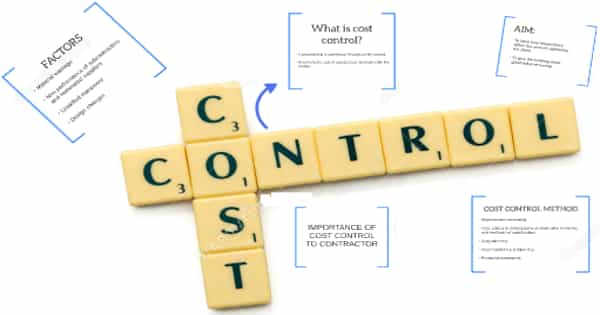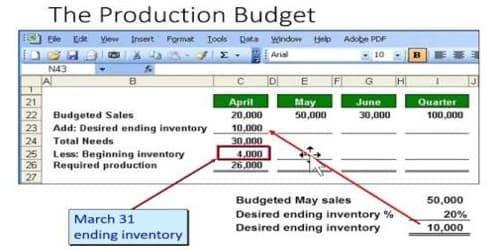The practice of identifying and reducing business expenses in order to increase profits is known as cost control, and it begins with the budgeting process. A business owner compares actual financial results to budgeted expectations, and if actual costs are higher than expected, management has the information it needs to take action.
Here are several factors that are involved in monitoring the cost control of a project:
- Cost of labor
The cost of labor is the total of wages paid to employees working on a project, including employee benefits and taxes. When budgeting a project, it is critical to include the cost of labor, as a project may involve multiple employees working at the same time. For example, when creating a budget, make sure to include the total number of employees on the project as well as the length of time each employee can work on the project to get an accurate estimate of the total cost of the project.
- Cost of materials
The cost of materials is the total cost of all supplies and equipment needed for a project. This includes materials ordered before the project begins, during the project’s completion, and after the project is completed.
- The actual cost
The total expenses incurred by a project from start to finish are referred to as the actual cost. This includes the cost of labor, materials, and any other project-related expenses.
- The cost variance
Cost variance refers to any price differences between the project’s actual cost and the budget you’ve set. For example, if you have a $1,000 budget for a project but the actual cost is $1,500, the cost variance is $500 because that is the difference between the budget and the actual cost of the project.
- Return on investment (ROI)
Return on investment (ROI) measures how profitable a project is in relation to the amount of money invested in it. A high ROI indicates that the project brought in more money than the project’s actual cost.
- Use of Earned Value
Similarly, it is very helpful to use the accounting technique known as ‘Earned Value’ to determine the value of the work that has been completed thus far. This is especially useful for large projects and will allow you to make any last-minute changes that are absolutely necessary for the project’s success.
- Effective Time Management
Effective time management is another effective technique. Although this technique is useful in many areas of management, it is especially important in project cost control. The reason for this is that if you fail to meet the project deadlines, the cost of your project will continue to rise; the longer the project drags on, the higher the costs incurred, which effectively means that the budget will be exceeded. To ensure that work is completed on time, the project manager must constantly remind his/her team of the project’s important deadlines.















